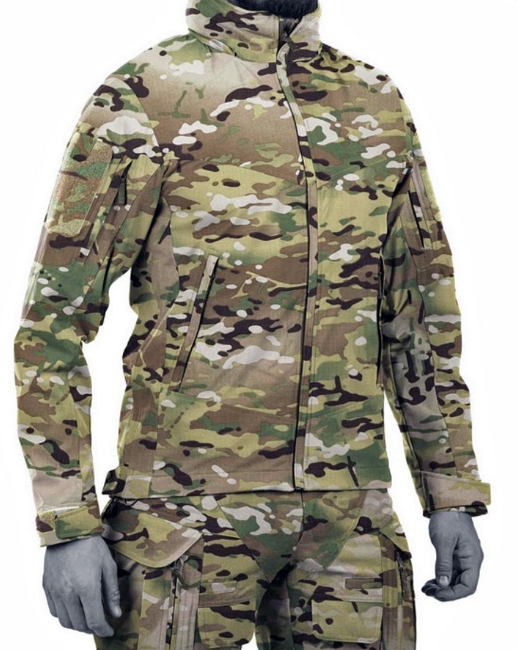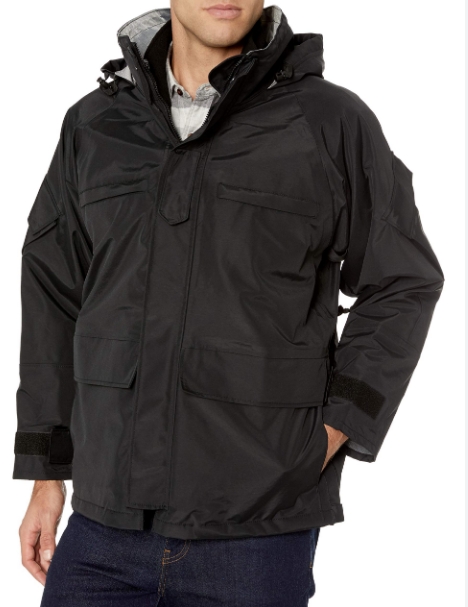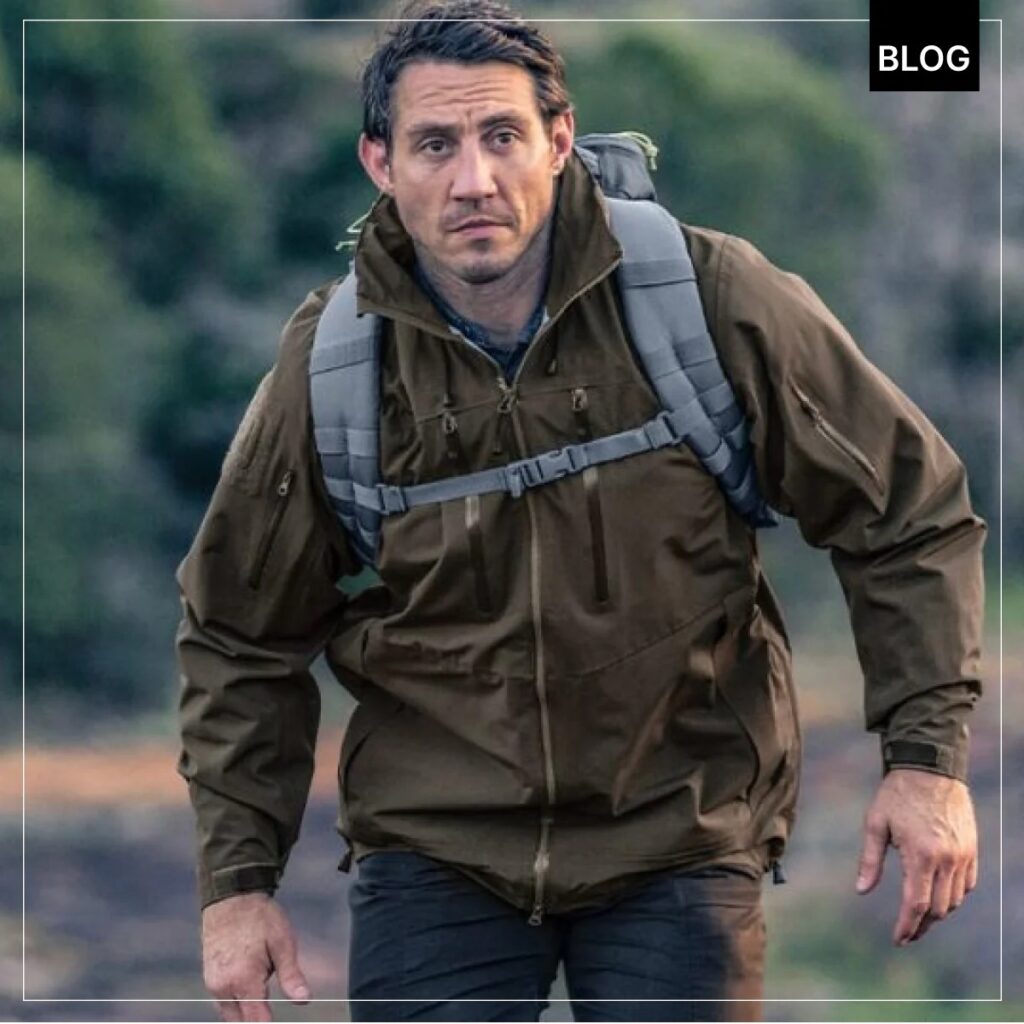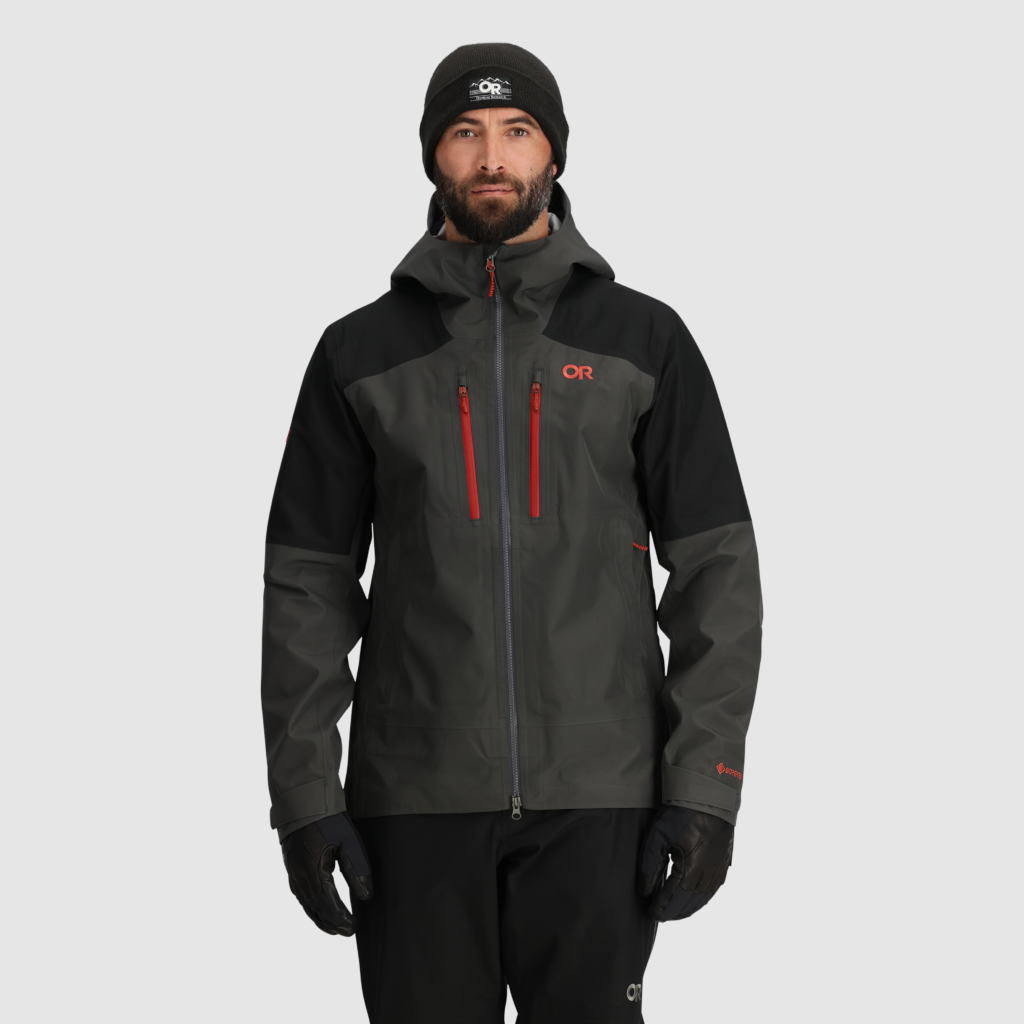When it comes to outdoor sports, choosing the right outerwear can make or break your experience.
Whether you’re skiing, hiking, mountaineering, or cycling, you need a jacket that offers protection, breathability, and mobility without weighing you down.
Among the many outerwear options available, softshell jackets stand out as the superior choice for active outdoor enthusiasts. But what exactly makes softshell jackets better than other outerwear? Let’s explore the key advantages that set them apart.

Wind Resistance: Shielding You from Harsh Elements
One of the biggest challenges of outdoor sports is dealing with strong winds, especially in high-altitude or open environments.
Softshell jackets are designed with wind-resistant fabrics that provide a protective barrier against cold gusts while maintaining breathability.
Unlike fleece jackets, which allow wind to pass through, softshell jackets block wind effectively, keeping you warm without overheating. This makes them ideal for:
- Cyclists, who face constant wind resistance while riding.
- Hikers and climbers, exposed to strong mountain winds.
- Skiers and snowboarders, where wind chill can significantly lower body temperature.
Many softshell jackets also come with adjustable hoods, cuffs, and hemlines, allowing wearers to seal out drafts and maintain warmth in extreme conditions.

Water Resistance: Staying Dry in Light Rain and Snow
Outdoor sports enthusiasts often face unpredictable weather, from sudden snowfalls to light drizzles.
While softshell jackets are not fully waterproof, they are highly water-resistant, thanks to Durable Water Repellent (DWR) coatings.
This means that light rain, snow, and moisture bead up and roll off the fabric, keeping you dry in moderate conditions. Softshell jackets excel in activities such as:
- Skiing and snowboarding, where snow frequently makes contact with clothing.
- Hiking and trekking, where sudden showers are common.
- Rock climbing, where moisture buildup can make surfaces slippery and dangerous.
For heavy rain or prolonged wet conditions, softshell jackets can be layered under a waterproof hardshell to maximize protection while maintaining breathability.

Breathability: Keeping You Comfortable During Intense Activity
Unlike hardshell jackets, which prioritize waterproofing but often trap heat, softshell jackets are highly breathable.
When you engage in high-energy outdoor sports, your body generates heat and sweat.
Without proper ventilation, this moisture can become trapped inside your jacket, leading to discomfort and chills when you slow down.
Softshell jackets allow sweat and excess heat to escape, keeping you dry from the inside out. Many models also include ventilation zippers for additional airflow when needed. This feature is especially beneficial for:
- Trail runners, who need a balance of warmth and breathability.
- Skiers and snowboarders, where body heat fluctuates throughout the day.
- Mountaineers, who experience varying temperatures at different altitudes.

Mobility and Flexibility: Unrestricted Movement for Outdoor Sports
One of the standout advantages of softshell jackets is their stretchability and freedom of movement.
Unlike bulky insulated jackets or stiff waterproof shells, softshell jackets are made from flexible, stretchable materials that move with your body.
This makes them perfect for activities that require agility, such as:
- Rock climbing, where reaching and maneuvering are critical.
- Skiing and snowboarding, which require quick, dynamic movements.
- Cycling, where a snug yet flexible fit enhances performance.
Features such as articulated elbows and pre-shaped sleeves further improve mobility, making softshell jackets the preferred choice for athletes and active outdoor enthusiasts.

Lightweight Insulation: Warmth Without Bulk
Softshell jackets provide light insulation, offering warmth without the weight and bulk of traditional winter jackets. Many models feature a fleece-lined interior, which traps heat while maintaining breathability.
This makes them ideal for:
- Skiers, who need warmth without restricting movement.
- Hikers, where layering is essential for adjusting to changing temperatures.
- Multi-day trekkers, who need lightweight but effective insulation.
Because softshell jackets are versatile and adaptable, they can be worn alone in mild conditions or layered under heavier outerwear for additional warmth in extreme cold.

Durability: Designed for Tough Outdoor Conditions
Outdoor sports require rugged, long-lasting gear, and softshell jackets deliver on durability. They are made from tough, abrasion-resistant materials, making them perfect for activities that involve rough terrain and frequent movement.
Softshell jackets are resistant to:
- Scrapes and abrasions from rocks and trees.
- Wear and tear from backpack straps and gear friction.
- Frequent washing and exposure to outdoor elements.
Many jackets also feature reinforced panels on high-wear areas, ensuring longevity even in extreme conditions.

What to Look for in a Softshell Jacket for Outdoor Sports
If you’re investing in a softshell jacket, here are key features to consider:
- Wind resistance – Essential for high-speed or high-altitude sports.
- Water repellency – Protects against light rain and snow.
- Breathability – Keeps you dry and prevents overheating.
- Stretch and mobility – Allows unrestricted movement.
- Light insulation – Provides warmth without bulk.
- Durability – Withstands tough outdoor conditions.

Conclusion
Softshell jackets outperform other outerwear options when it comes to versatility, comfort, and performance in outdoor sports. Their windproof, water-resistant, and breathable design makes them the ideal choice for active athletes and adventurers.
Unlike heavy insulated jackets or stiff waterproof shells, softshell jackets offer freedom of movement, durability, and lightweight insulation, ensuring maximum comfort and protection. Whether you’re skiing down mountain slopes, climbing rugged cliffs, or cycling through windy trails, a high-quality softshell jacket is the best investment you can make for your outdoor pursuits.

